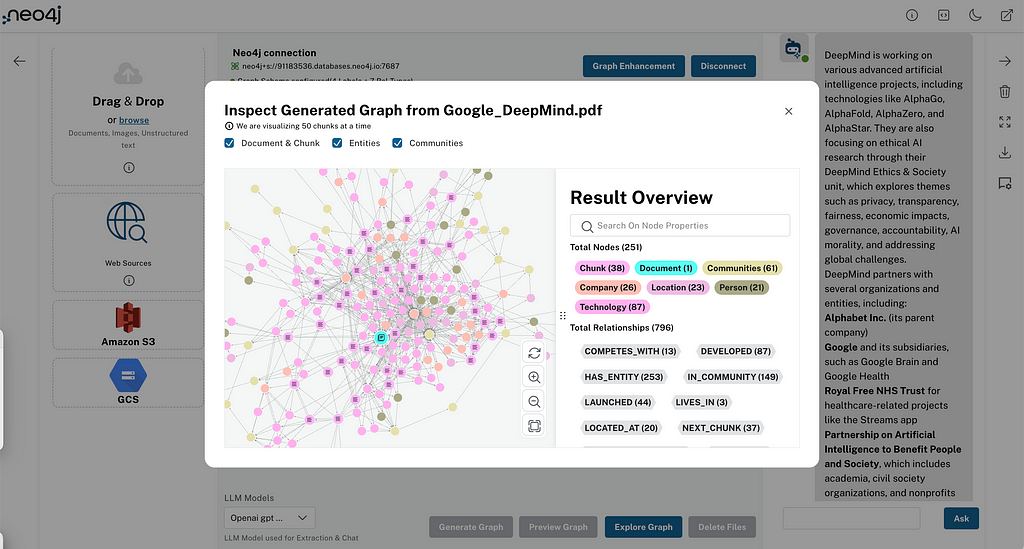Mapping IoT to the Graph: 5-Minute Interview with Per Gyllstrom
Product Marketing Manager, Neo4j
2 min read

In this week’s five-minute interview (conducted at opens in new tabGraphTour, Per Gyllstrom explains how Enel X, a smart energy leader, uses Neo4j for its large IoT use case. He also delves into a surprising but important bonus use case Neo4j serves.
How do you use Neo4j?
We have used Neo4j for several years. We’re an energy company so we have lots of devices and particularly IoT devices out in the field. We use Neo4j to model how those devices are tied to buildings, to customers, and to sites. From an application side, we use Neo4j through APIs.
We also use Neo4j for fine-grained access control. We use Neo4j as a database for access control information that is leveraged through a product called ForgeRock.
Why did you choose a graph database for this project?
If you think about IoT and the hierarchical structure of how IoT works, it’s a natural mapping to a graph database. We previously used relational databases, but in a graph, all the relationships are compiled so it’s a lot faster and more natural to navigate and use.
What are the most surprising results that you’ve seen with Neo4j?
The surprising outcome actually was our ability to leverage it from an access control perspective. In the world of fine-grained access control, there isn’t a whole lot available off-the-shelf. We’ve been able to leverage Neo4j and get the access control we require for all this. So that’s a usage scenario we hadn’t envisioned when we started this work.
Do you have any advice for people just starting out with graph?
My advice is to start small. We talk about the idea of finding a real business problem and then deciding whether or not graph is the right solution. If it looks promising, build something with a rapid return in terms of the solution and then build on it as you go forward.
Actually, that can be true for almost any technology, but in particular it’s true for graph, because it’s a bit unusual still. Although it’s taken off quite a bit, I think it’s important to understand what you’re getting into and how you’re gonna scale and all those things. That takes time, but get a footprint there first and then move on from there.
Want to share about your Neo4j project in a future 5-Minute Interview? Drop us a line at opens in new tabcontent@neo4j.com
Take a Class








